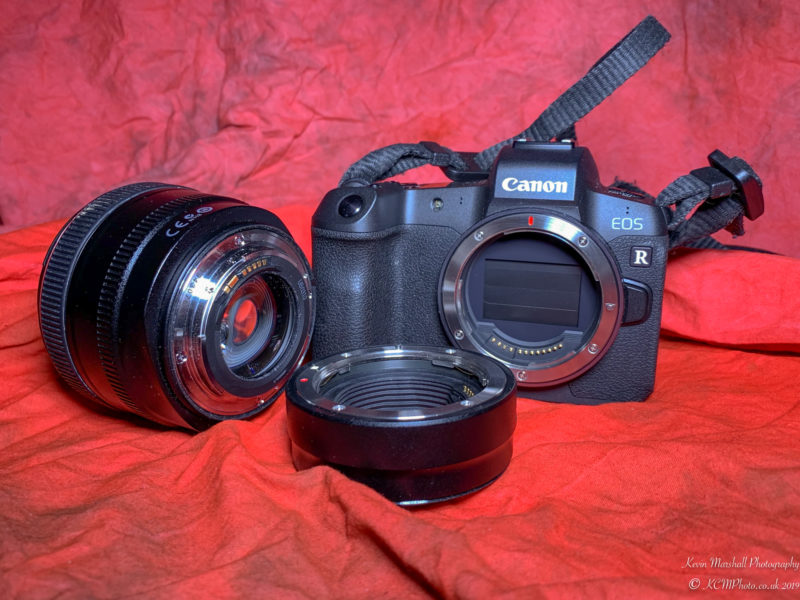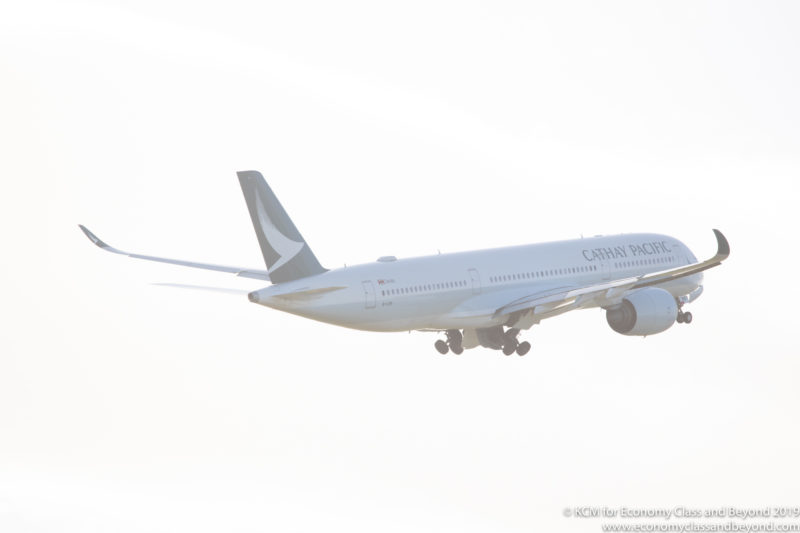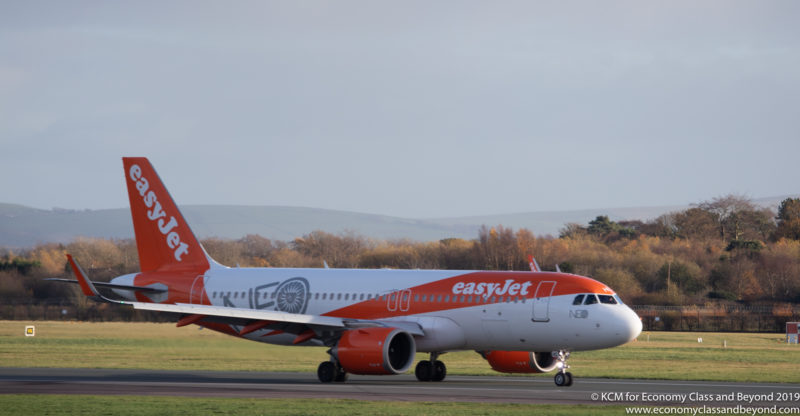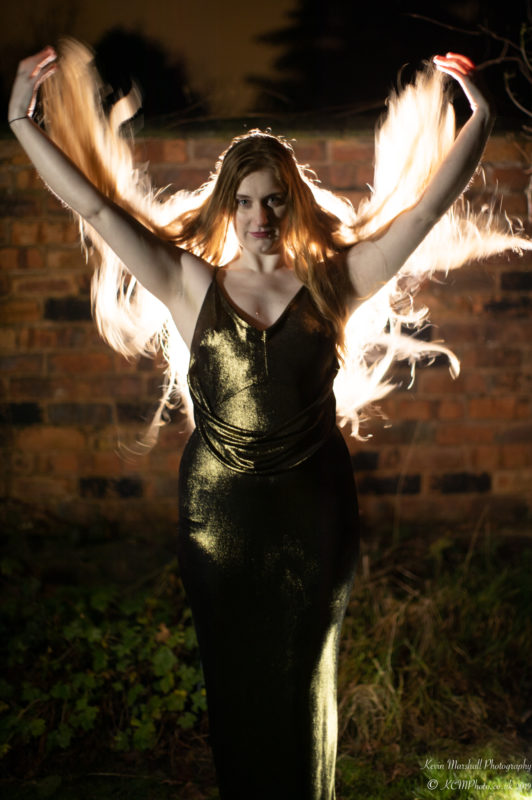Aviation photography and the Canon EOS R and the Canon 100-400L Series Lens
Canon EOS R Long Term Review
In this series:
- Introducing the Canon EOS R
- City and Street Photography in Brussels
- Urban Exploration with a Model (featuring the RotoLight NEO II)
- Aviation Photography in Manchester
- Night time Model Photography
- The British Airways BOAC Boeing 747-400
- Living pains with the EOS R
- Studio Photography Life
- Not a conclusion, but the next steps forward
Let’s continue my look at the Canon EOS R – this week focusing on Aviation photography
The Brief
As much as I love relying on press images or renderings of planes for articles on this blog – I much prefer having my own content to work with. Mainly, as I know the full rights to it – but also for knowing where a photo came from.
Therefore a chance to see friends at Manchester Airport, plus a chance to go watching planes is always welcome in this editors eyes.
The Kit
I took the EOS R, along with my glass monster that is the Canon 100-400 f4.5-5.6L Series lens on a trip to the Manchester Airport Ringway Viewing Park (and I strongly advise you go before parts of it are demolished for a premium pay-as-you-use passenger terminal).
In terms of configuration:
- Canon EOS R
- Canon RF to EF adaptor
- Canon 100-400L
- Sandisk Ultra 128Gb SD Card
- 1 x Canon LP-6EN
Options:
- I could had used the 70-200 f4 L Series lens. Whilst it would be better at some tasks (for example, aircraft taxing closer than the 100-400 could capture fully), the use case is questionable.
I also carried my 24-105 f4 L with me (as carrying that 100-400 for any amount of time on any camera body isn’t what I would cause wise).
In terms of mounting, the plastic and metal mount seems to hold on to using the EOS R rather well – with no give, flex or anything to cause concern during the day – a vital thing, least of all at best you could end up with a broken adaptor. At worse – a broken lens and camera mount.
So let’s see how this thing behaves in the wild
Handling
If the 100-400 could knock any balance you supposedly have with a full or crop frame body, then the RF has even less chance here due to the adaptor – which increases the length of the lens.
It is hand-holdable still and you can sling the combination over the shoulder. However, if you’re using this combo for any serious length of time, consider supporting the 100-400 via the tripod collar on the lens – either mounting it with a Tripod or Monopod.
Least of all your muscles and shoulder will thank you for it after carrying around this combo for the day.
If you do need to go lighter – the Canon EF 70-200mm is still a very good choice for aviation photography – but you will you’re doing a lot more cropping that I would lie to get the image you’re after.
Performance
I’m using the Mark I variant of this lens – which means this lens is no spring chicken (I’ve been shooting with it since 2015 when I took it up to the Heathrow Control Tower with AirlineGeeks and American Airlines).
As such, I can gauge reasonably well how this lens performs, and what it is capable of. In terms of focus and lock-on – EOS R had minimal issues judging focusing distances and gaining focal lock.
In cases where the focal lock wasn’t optimal, I switched on the focal tracking from the screen (which acts as a very expensive trackpad to execute the focal lock).
Was it as fast as using it on an EF based camera? This lens isn’t the quickest to start with (thanks to the amount of glass in it), and I can’t help but feel the lens is a tiny bit slower when adapted.
It’s not perceptible in most cases, but I did note cases of focus-hunting and some of the decision logic in Fv Mode (Flexible Priority Auto Exposure mode) to be less than… good.
So much so, I chucked it back into Program or Aperture priority mode after losing some images to the camera, which yielded much more appealing… and controllable results – or at least images that would be workable in Adobe Lightroom later on (and I’ll look at other image management packages… another time).
The Images
As usual, I’ll write about these images, the settings they were shot at and things I found the EOS R good for – or bad. Whilst I want to show off my “better” work, I do like showing mistakes.
And any photographer who says they don’t make mistakes when shooting photos is telling fibs.
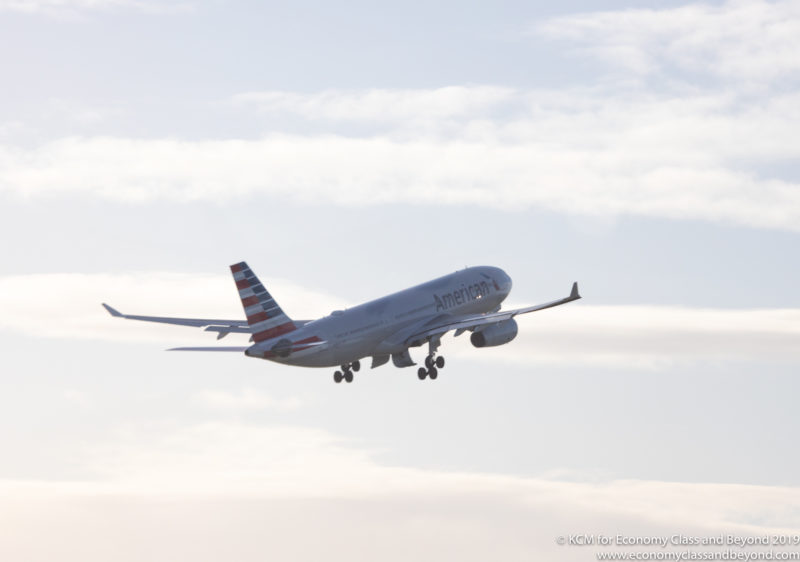
American Airlines Airbus A330-300 – 1/160 @ f9, ISO100, 200m
Shooting into the sun does no one any favours – and not even a brand new camera can get around that. I’ve increased the shadows in this photo to bring out the fuselage of the American Airlines A330-300 as it pulls out.
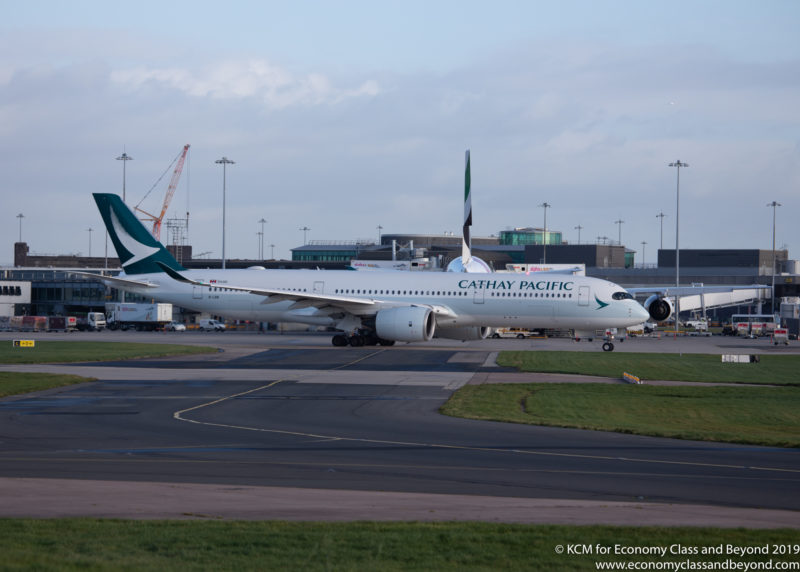
Cathay Pacific Airbus A350-900 – 1/320 @ f5.6, ISO100 200mm
If you can control the light, the results become a lot more controllable – and that’s to be said of any camera. For those who have forgotten, all a camera is – is a light-tight box, with a method of capturing light onto a surface, via a glass focusing method. In the outside, it’s a hard ask – so look around when shooting an image. There are always options.
Speaking of incorrect light, shooting into the light and the camera settings going completely wild…
What a omnishambles we have. There is honestly no excuse for this photo, other than I popped the camera into Fv mode. And it flunked. Badly.
This is where using a Digital RAW file (akin to a negative) comes into play here. With a JPG – this file would be pretty much be finished. Thankfully, a little processing and recovering in Adobe Lightroom gives… well… a result that is passable.
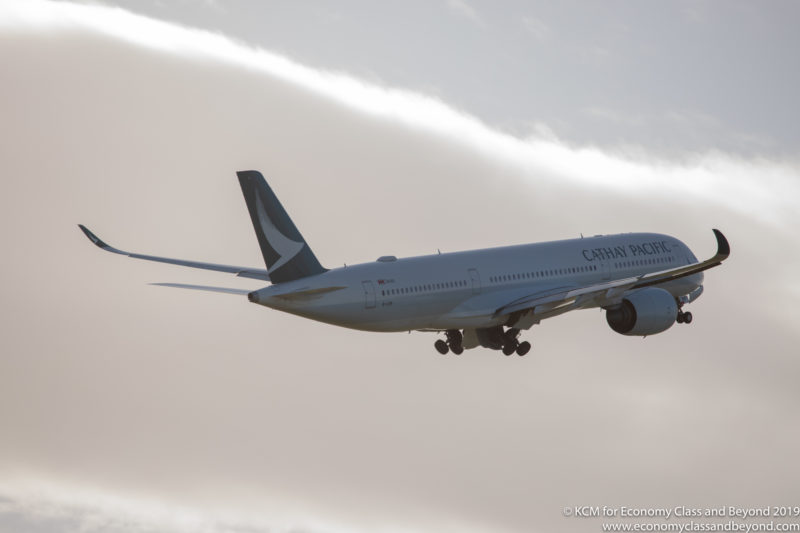
Same settings as above, processed and using the auto-exposure tools (as well as adjusting other settings) in Adobe Lightroom
Can Digital RAW files save every situation? Of course not – but they give you a useful last chance gasp before binning a file forever.
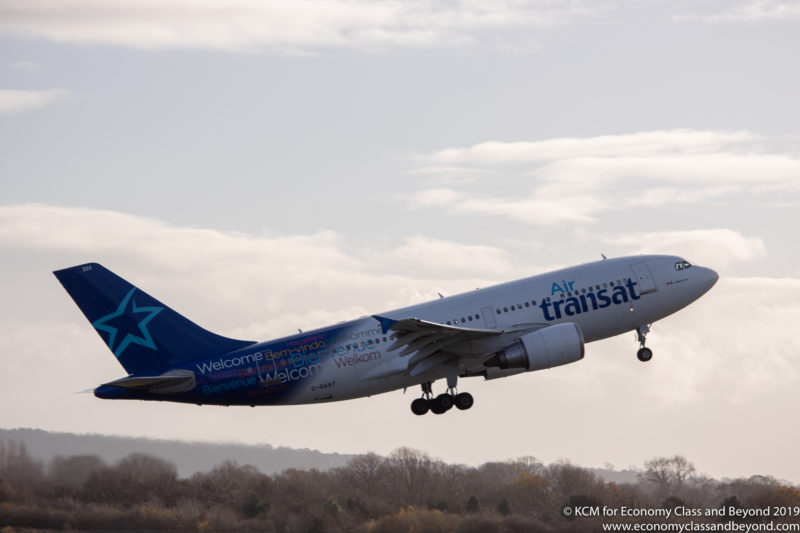
Air Transat A310 – ISO 400, 1/400, f7.1.
The difference 15 minutes can make in light is amazing. This required minial correction (bar a bit of straigtening. And when working with light – you’ve got to always be on your toes.
One thing that a larger sensor can help with is cropping. Here’s a great example – with EasyJet A320neo landing at Manchester Airport.

EasyJet A320neo – 1/320 @ f5.6, ISO125, 275mm
So this photo has problems. Mainly thanks to construction stuff in the frame. Thankfully, most modern cameras have pretty good sensors these days – that allow you to quickly edit the photo. A drag in one corner, and a drag in another…
A much more pleasing result to say the least. I’ve preserved some of the background and a bit of the proportions of the image, whilst getting ride of the trash in the photo.
Occasionally, the light does come together for a photo. And when it does, it becomes a pleasure to knock out photo after photo. It’s never advisable to shoot between 11 and 2pm (as the sun is at its highest and harshest). As you head towards the evening (and mornings), light can be softer – and if angled right – gives you some rather pleasing results.
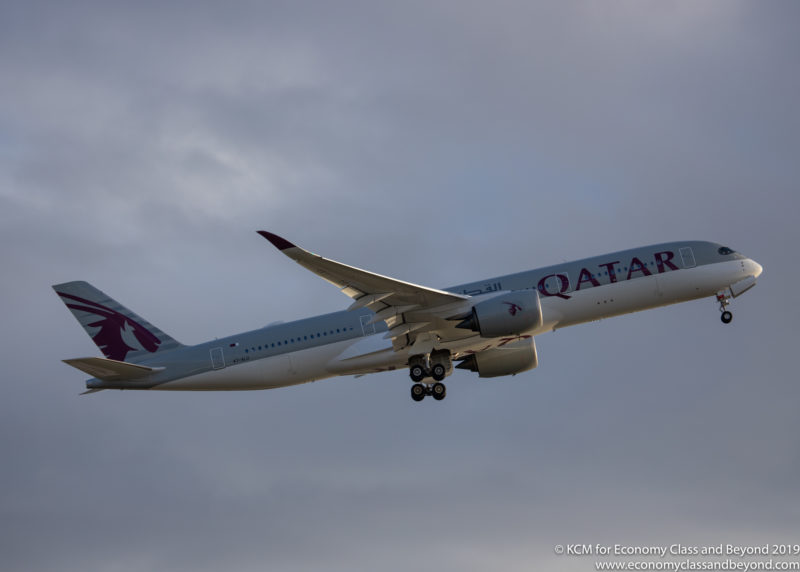
Qatar Airways Airbus A350-900 – 1/320 @ f5.6, 180mm, ISO 100
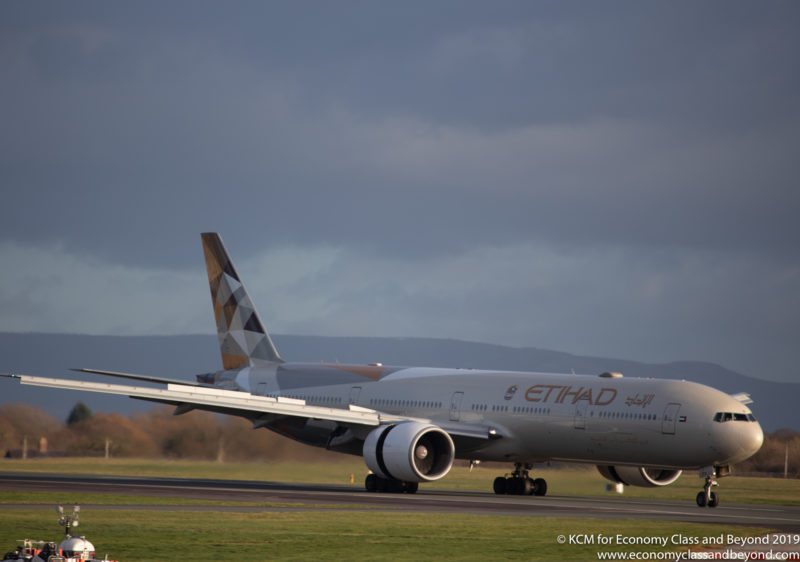
Etihad Boeing 777-300ER – 1/320 @ f5.6, 400mm, ISO 100
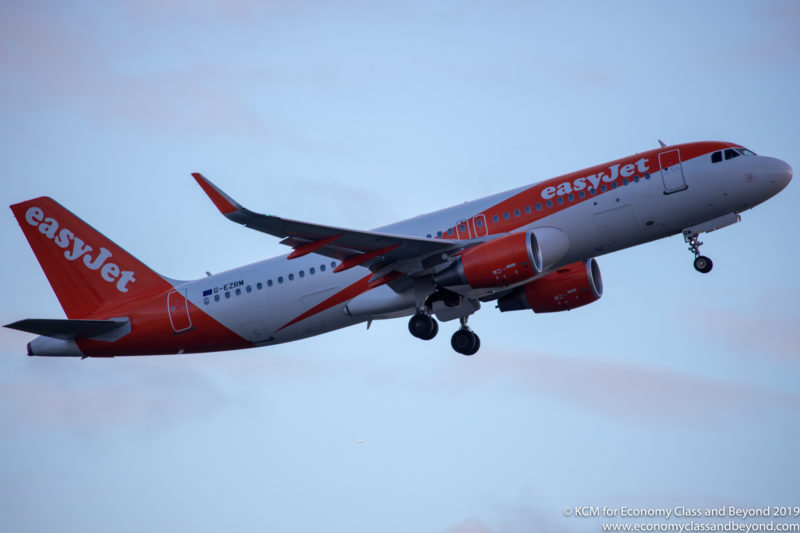
EasyJet Airbus A320 – 1/320 @ f6.3, 400mm, ISO 100

Jota Aviation BAe 146 – 1/250 @ f5.6 ISO250, 310mm.
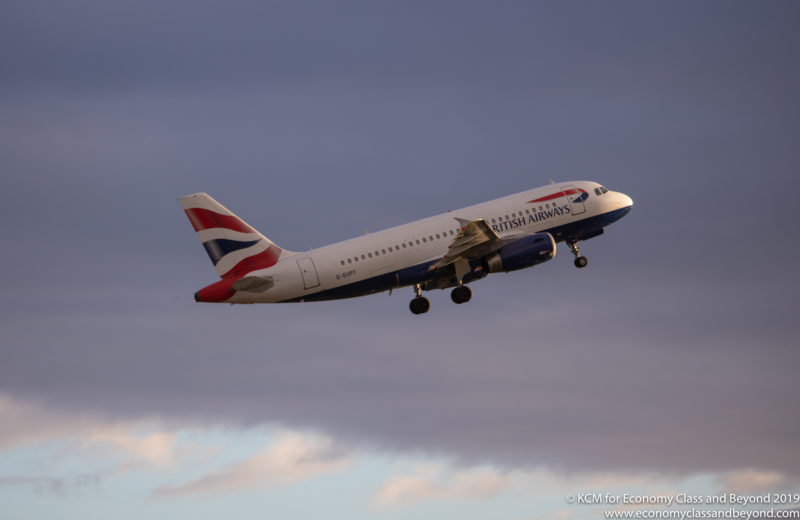
British Airways Airbus A319 – 1/320 @ f5.6 ISO 100, 235mm
Overall
The learning curve with the EOS R continues, especially with the lenses I pair it with.
I’m finding the focus tracking and speed impressive (whist not as impressive as some cameras – granted), but out of the box and with minimal configuration, the camera is catching frames that I like, and images that are pleasing to me.
Which is kind of the point of photography.
In some cases – this is pretty critical if you’re in a spot and need to swap camera bodies in a hurry. For me, it’s giving me a similar experience to the 6D in some respects. In other respects, there’s a major ramp-up in how it focuses, and how it makes some decision logic.
A camera can shoot only tell it what you tell it do, and spending time learning about a camera is an important thing – no matter how much the thing costs.
Next Week: A new challenge for the camera – Night photography with a model. Is it a good idea? Or does the correct light help to save the day? Join me as I shoot with Serine in the outside would… and let forth her inner Lady Galadriel…
Until then – stay shooting!
Welcome to Economy Class and Beyond – Your no-nonsense guide to network news, honest reviews, with in-depth coverage, unique research as well as the humour and madness as I only know how to deliver.
Follow me on Twitter at @EconomyBeyond for the latest updates! You can also follow me on Instagram too!
Also remember that as well as being part of BoardingArea, we’re also part of BoardingArea.eu, delivering frequent flyer news, miles and points to the European reader.
